Today, cigars made in Nicaragua are as popular as ever.
Currently, Nicaragua is the world’s leader in cigar production, making over 150 million hand made cigars annually. They are also the single largest supplier of premium cigars to the United States, having recently surpassed the Dominican Republic.
Of course, it hasn’t always been like this.
In the following piece we’ll take a look at the history of the Nicaraguan tobacco industry. We’ll examine the land from where its tobacco is grown and delve into what makes it so special. Finally, we’ll outline some of the biggest Nicaraguan brands favored by cigar smokers today.
CIGAR PROFILE: Joya de Nicaragua Antaño Robusto Grande
Antaño in Spanish means “yesteryear”, a word that perfectly expresses the soul of the Joya de Nicaragua Antaño 1970. Crafted as a tribute to recapture the power and essence of the puro that made this legendary brand the most sought after cigar in the United States in the post Cuban embargo 1970s.
Tobacco Production In Nicaragua
By the time Spanish conquistadors arrived in Nicaragua in 1519, the local natives had already been cultivating tobacco for ages. The tobacco they were growing was referred to as “Chilcagre tobacco” (black tobacco).
Fast forward a few centuries to the 1940’s and this tobacco was being planted in the regions of Condega and Estelí. Virginia and Burley tobacco were also being cultivated around this time, but primarily for cigarette production.
In the late 1950s and into the 60s, many Cuban cigar families who fled from the Castro regime began searching for new soil that could successfully grow premium tobacco like in Cuba.
In Nicaragua, they found just that. As a result of Nicaragua’s plethora of lakes and volcanoes, the volcanic soil is super-rich rich in the minerals and nutrients that are required to cultivate world-class tobacco.
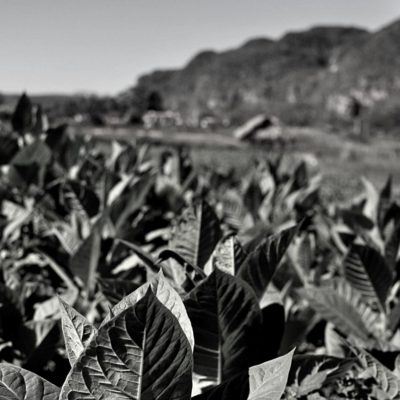
Fleeing Cuban cigar families sought after soil that was comparable to the lush Pinar del Rio region of Cuba
Anastasio Somoza, the Nicaraguan dictator of the time, decided to finance the many Cubans families who arrived to ‘plant the seeds’ to build a new cigar industry within Nicaragua.
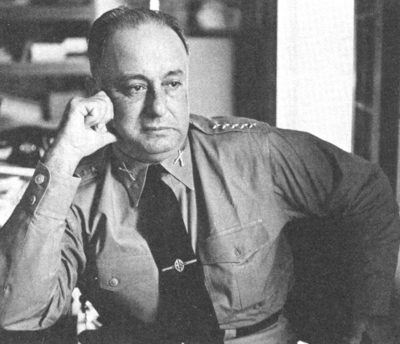
Dictator Anastasio Somoza
In 1963, under a program called ‘The Habano Tobacco Program’, the first plantings of Cuban seed began in the town of Jalapa.
Among those in the program included Cuban expats Angel Oliva, Sixto Placencia and Generoso Eiroia.
After a failed first attempt with an inaugural cigar company called The Central American Corporation Of Tobacco, a second company was established in Condega called Nicaragua Cigars which was associated with tobacco that was being grown by José Orlando Padrón.
Though this second factory operated for about three years and closed down for unknown reasons, this key period marked the successful beginning of growing tobacco with Cuban seed in Nicaragua for the production of cigars.
Joya de Nicaragua
Like many others, Simón Comacho and Juan Francisco Bermejo fled their native Cuba and sought opportunity in nearby Nicaragua.
In 1968 the two men established The Nicaraguan Cigar Company. In partnering with dictator Somoza (who had personal investments in multiple tobacco projects), they gained access to the deep and rich soil in the regions of Estelí, Condega and Jalapa for tobacco, and established facilities in Central Estelí where it could all be processed.
Today, the company is known as Joya de Nicaragua.
In 1979, a civil war and resultant Sandinista uprising destroyed much of the Nicaraguan tobacco industry, including the factories of Joya de Nicaragua and Arturo Fuente, which was established by Carlos Fuente Sr.
Much like in Cuba, in 1980 the Nicaraguan tobacco industry became nationalized under the Sandinistas – and much like in Cuba, this resulted in a US-imposed embargo with Nicaragua.
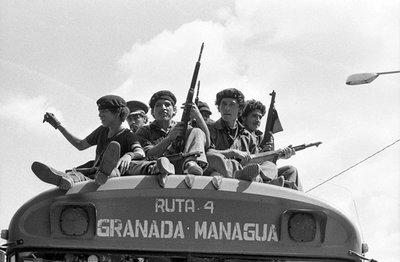
Sandanista Guerillas in 1979
For much of the 1980s, civil war and political turmoil largely hampered the Nicaraguan tobacco industry. Wages fell while subpar quality cigars piled up until the embargo was lifted by the US and a new government finally replaced the Sandinistas in 1990s.
This saw many cigar families get their businesses back, and thus began a reconstruction of the Nicaraguan tobacco industry. Sadly, in 1998 Hurricane Mitch devastated much of the land in Nicaragua, which meant reconstruction time – once again.
Ultimately, this setback was also overcome, and the resilient Nicaraguan cigar industry became poised to grow and finally witness its true potential.
Nicaraguan Soil
The weather in Nicaragua and the mineral content to its soil are very similar to Cuba, which makes it ideal for tobacco growing. The cultivation of tobacco leaf in Nicaragua takes place in four main areas: Estelí, Condega, Jalapa and to a lesser extent, Ometepe, which is an island in Lake Nicaragua.
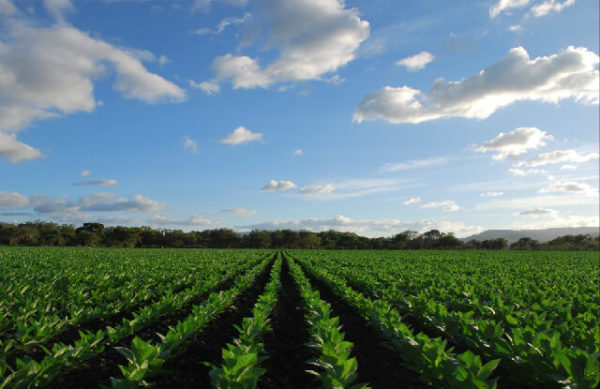
Placencia tobacco fields in Estelí
Nicaraguan tobacco has a reputation for being very strong and spicy.
Each region produces both Cuban and Connecticut seed tobaccos that exhibit their own unique characteristics.
Of the four regions, Estelí, which is situated near the capital of Managua, produces a very strong, thick tobacco leaf. This is due to the powerful abundance of sun and the dense, black, nutrient-rich volcanic soil that exists there. In Estelí, wrapper leaf is grown in fields under cheesecloth-covered nets to protect the leaf from the powerful sun. Unlike its wrapper leaf, Estelí Ligero filler and binder leaf are grown under direct sunlight.
To many, Estelí rivals – or is even viewed as superior than – the famed Vuelta Abajo of Cuba as the best tobacco growing region in the world.
Of the three remaining Nicaraguan tobacco regions, Condega produces a leaf with a thinner texture than Estelí, and has a characteristic medium-strength sweetness.
The Jalapa Valley is located near neighboring country of Honduras, and produces a spicy, highly aromatic leaf that is ideal to be applied as a wrapper.
Ometepe is a volcanic island that produces a sweet wrapper that exhibits lots of chocolate and pepper. Successful tobacco cultivation there was first initiated by Nestor Placencia in 1996.
Nicaraguan Cigars
Less than 15 years ago, there were only a small handful of Nicaraguan cigars on the market. Today, there is a vast selection of popular Nicaraguan brands. Some of the most iconic and beloved brands include Oliva, Drew Estate, Placencia, Joya de Nicaragua, Padron, and My Father.
NICARAGUAN PURO PROFILE: Casa Magna Colorado Robusto
A medium-to-full bodied super-premium Nicaraguan puro cigar that was developed through a long collaboration between Manuel Quesada and Nestor Plascencia. The all-Nicaraguan tobaccos used in Casa Magna cigars deliver a tremendous depth and complexity; a clean and crisp sweetness; with toasty aromas. All wrapped in a rare Cuban-seed Ligero wrapper leaf.
Tabacalera A. Fuente, which was once located in Nicaragua and was destroyed during the Sandinista uprising, now has its sights set on reopening in Nicaragua in the very near future.
Joya de Nicaragua recently celebrated its 50th anniversary and lays claim to being Nicaragua’s oldest cigar company. After having weathered the storm (literally and figuratively) of ups and downs over the years, today JDR are thriving.
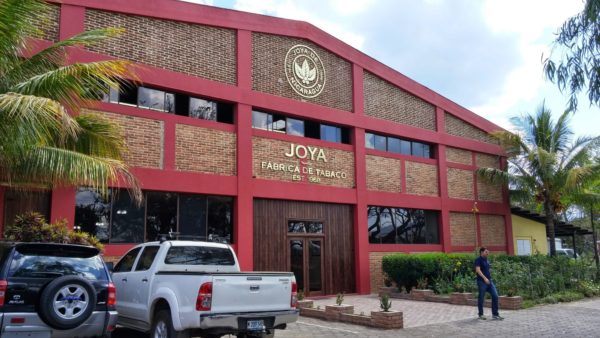
The Joya factory in Estelí
The Future Of Cigars In Nicaragua
For decades, growing tobacco and producing cigars in Nicaragua simply seemed to be too risky an endeavor for most companies.
As Cuba has long since been off limits, investors have traditionally leaned more toward The Dominican Republic to produce premium cigars.
Despite still having a somewhat shaky political climate in Nicaragua, tobacco operations there have never been so vibrant. As a result, cigar tourism is growing rapidly as well. With a growing number of companies taking residence there, coupled with Nicaragua’s ideal weather conditions and exquisite soil, the future of the Nicaraguan cigar industry currently looks as bright as sun that shines upon it.
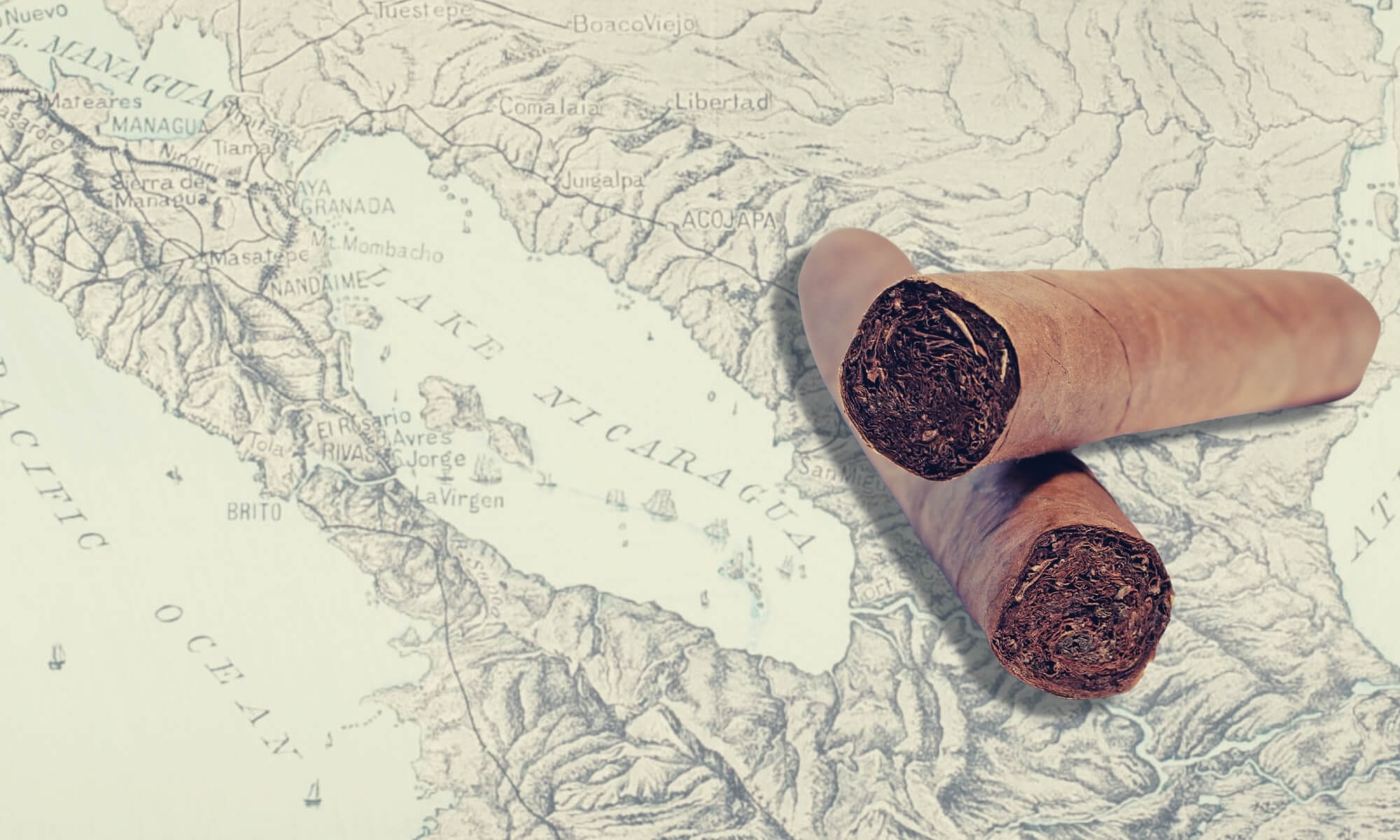
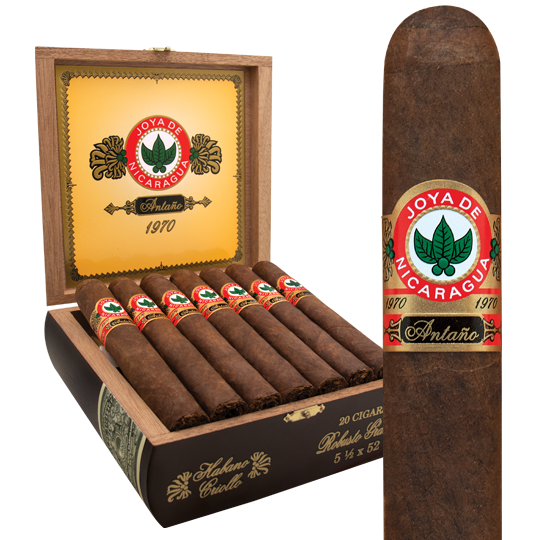
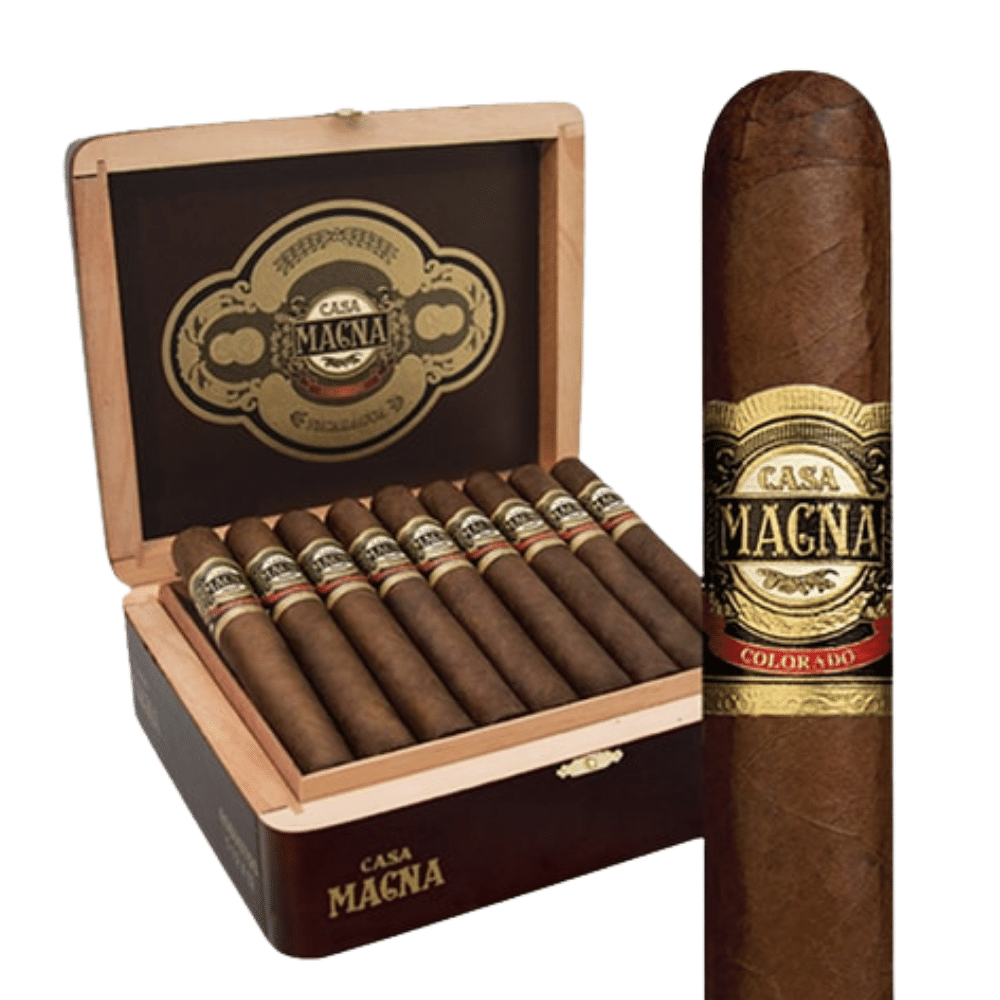
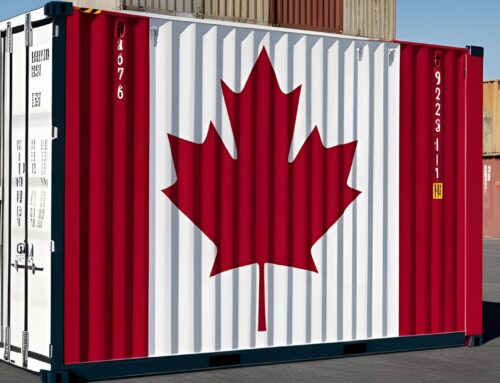
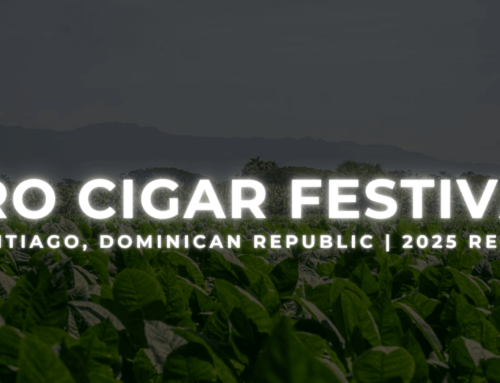
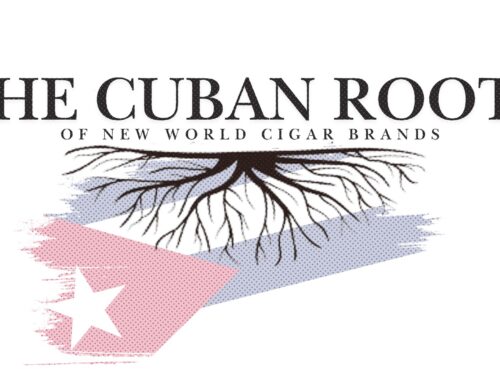
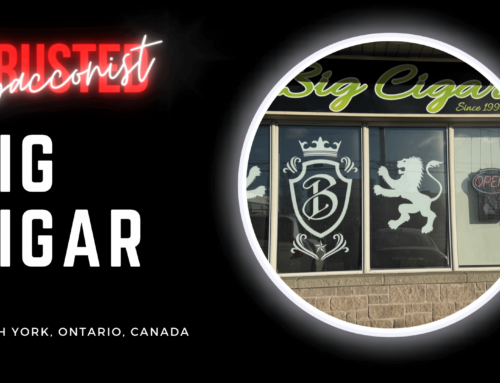
What an interesting article to read. Thanks Kurt for sharing your knowledge of this prized cigar growing area.